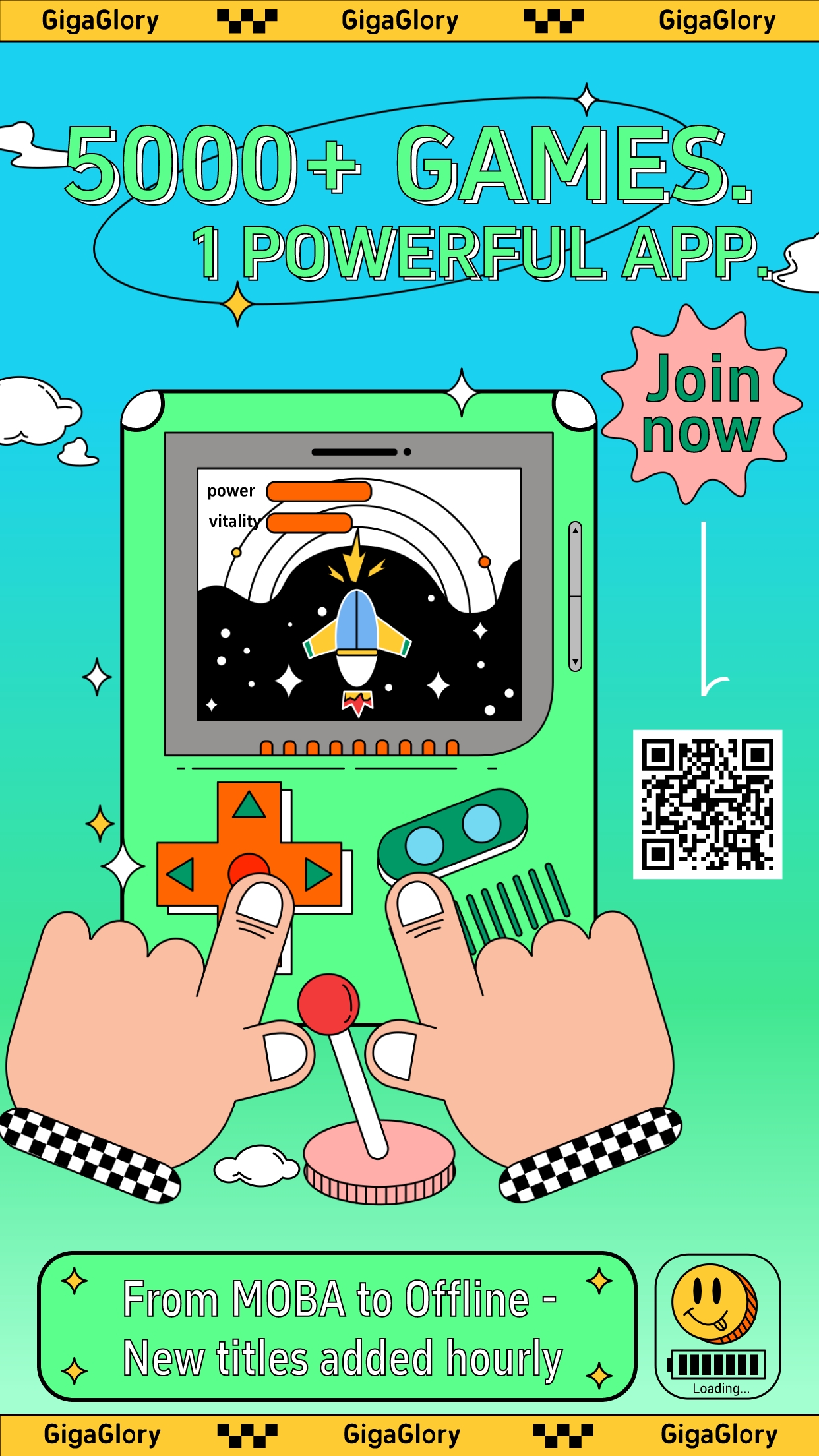Why Sandbox and City Building Games Are Reshaping Our Creative Play Experience
Play has always been an essential element of human activity, driving creativity and problem-solving. In recent years, sandbox and city-building games have emerged as pivotal platforms where players can express their imagination in unexpected ways. This article explores how these gaming genres have revolutionized the creative experience, especially in the context of user engagement and creativity.
The Allure of Sandbox Games
Sandbox games are designed to provide players with a sense of freedom. Unlike linear gameplay, these games offer open-world experiences. Games like Minecraft and Garry's Mod exemplify how sandbox environments allow users to construct, destroy, and explore at their own pace. The allure of sandbox games lies in the limitless potential for creativity.
Key features that define the sandbox experience include:
- Freedom to explore
- Creative building tools
- Non-linear objectives
City Building Games: Mastering the Art of Strategy
City building games, such as SimCity and Cities: Skylines, focus on urban planning and management. These games require players to engage with both short-term strategies and long-term goals. They challenge users to balance resources while designing aesthetically pleasing cities.
The strategic depth within city-building games can promote creativity by:
- Encouraging experimentation with layouts
- Facilitating problem-solving skills
- Fostering community building
Creative Puzzles and Interactivity: Learning from Mario Odyssey
Another compelling aspect of the gaming world is the puzzle elements found within various games. A notable example is the Mario Odyssey Mushroom Kingdom chest puzzle. It serves as a reminder that playful challenges can stimulate creativity and essential cognitive skills like critical thinking.
Incorporating puzzles into sandbox and city-building games can:
- Enhance user engagement
- Encourage player retention
- Inspire creative solutions to complex challenges
The Impact on Creative Communities
Sandbox games have birthed a new era of creative communities. Platforms such as Roblox enable users to create, share, and monetize their own games, turning players into developers. These communities foster collaboration and innovation, leading to unique content.
| Platform | Key Features | Community Aspects |
|---|---|---|
| Minecraft | Building and survival mechanics | User-generated content and mods |
| Roblox | Game creation tools | Player interactions and virtual economy |
| Terraria | Action-adventure elements | Multiplayer collaboration |
Challenges that Shape the Future of Creativity
While sandbox and city-building games offer unparalleled creative freedom, they also introduce challenges. Players often grapple with technical limitations, balancing creative desires with game mechanics. Moreover, there’s the ongoing issue of accessibility for novice players. It raises the question: how do we make these platforms more welcoming for everyone?
Efforts in design can assist by:
- Integrating tutorial systems
- Offering templates and starting guides
- Encouraging continuous updates based on player feedback
Convergence of Real-World Elements: A Case Study on Us Army Delta Force
Interestingly, real-world tactics find their way into games. The US Army Delta Force games have incorporated strategic elements and decision-making processes similar to those in city-building games, thus creating a hybrid experience that is both educational and entertaining. This trend has opened avenues for players to develop real-world skills through gameplay.
Conclusion: Shaping Our Creative Play Experience
In summary, sandbox and city-building games are potent tools reshaping how we approach creativity in play. By removing traditional boundaries and encouraging exploration, these genres empower players to craft their own experiences. From puzzles in Mario Odyssey to creative communities in Roblox, the potential for innovative play is boundless. Ultimately, the future of gaming lies in harnessing these tools to support and enhance our creative instincts.



